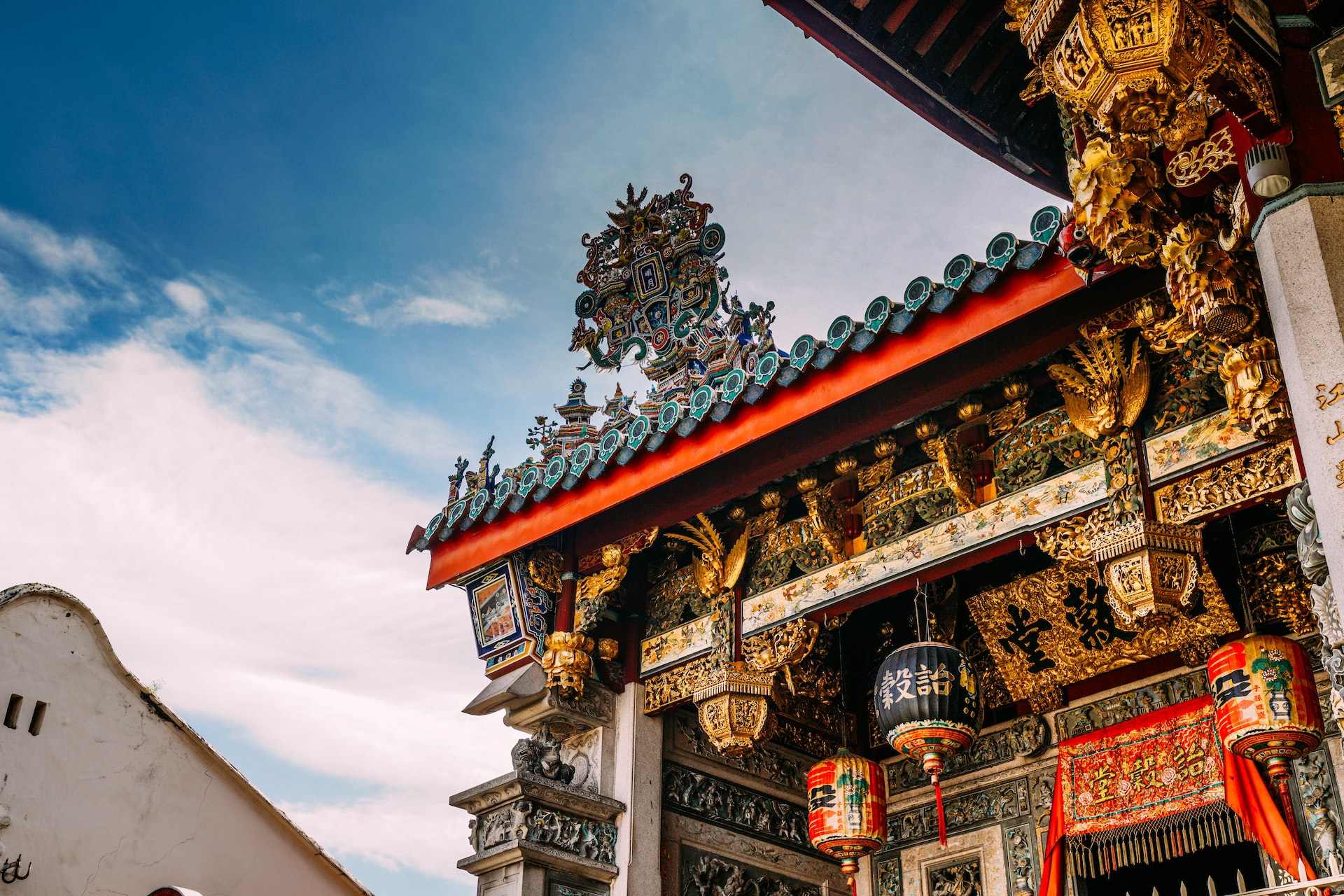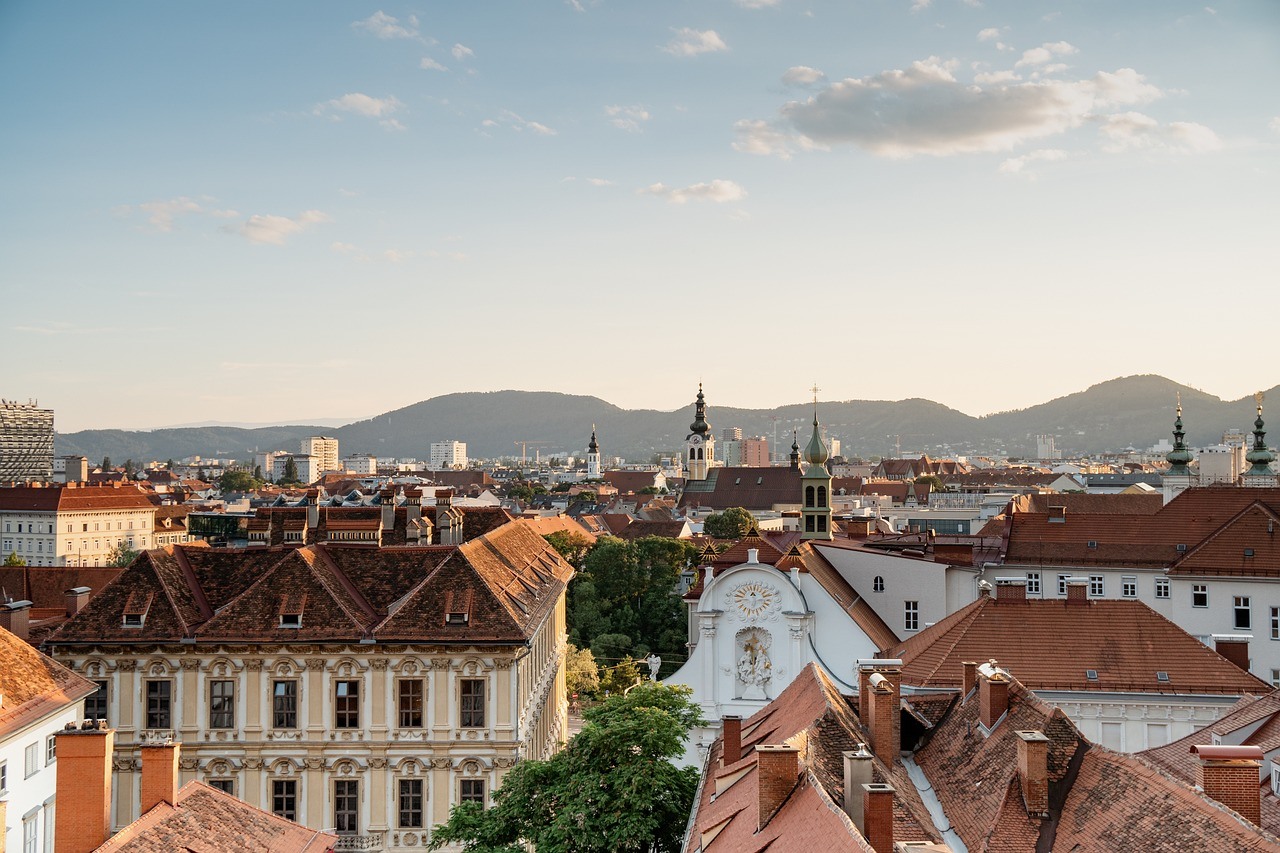Giza weather is a topic of great interest to both locals and visitors alike. The city of Giza, located in the northwestern part of Egypt, is known for its hot and dry desert climate. The city experiences high temperatures throughout the year, with the hottest months being June, July, and August. During these months, the average high temperature can reach up to 40°C (104°F) or more.
The city also experiences low humidity levels, which can make the heat even more intense. However, the dry desert climate also means that there is very little rainfall in Giza, with an average of only about 2 inches of precipitation per year. This lack of rainfall can make it difficult for plants and crops to grow in the area, but it does make for a comfortable and sunny vacation destination.
The city of Giza is also known for its strong winds, which can sometimes reach speeds of up to 50 km/h (31 mph). These winds can make the heat more bearable, but they can also make it difficult to walk or drive in the city. They also can cause sandstorms that can make it hard to see or breath.
Despite the hot and dry desert climate, Giza is a popular tourist destination due to its proximity to the Great Pyramids of Giza, the Sphinx, and other ancient Egyptian monuments. The city is also a popular stop on Nile River cruises, and many visitors choose to take a trip to Giza to experience the city’s rich history and culture.
| Month | Low (°C) | High (°C) | Low (°F) | High (°F) | Rain (%) |
|---|---|---|---|---|---|
| Jan | 10 | 20 | 50 | 68 | 2 |
| Feb | 11 | 22 | 52 | 72 | 3 |
| Mar | 14 | 26 | 57 | 79 | 5 |
| Apr | 17 | 30 | 63 | 86 | 7 |
| May | 21 | 35 | 70 | 95 | 8 |
| Jun | 24 | 40 | 75 | 104 | 10 |
| Jul | 26 | 42 | 79 | 108 | 11 |
| Aug | 26 | 42 | 79 | 108 | 11 |
| Sep | 24 | 40 | 75 | 104 | 10 |
| Oct | 20 | 35 | 68 | 95 | 8 |
| Nov | 15 | 28 | 59 | 82 | 6 |
| Dec | 12 | 22 | 54 | 72 | 4 |
When it comes to deciding on the best time to visit Giza, it largely depends on personal preference and tolerance for heat. The hottest months of June, July, and August are not recommended for those who are sensitive to high temperatures, as the heat can be quite intense. For those who can handle the heat, this can be a great time to visit as the crowds are generally smaller and the ancient monuments will be less busy.
Another option would be to visit Giza in the cooler months of November through February, when the average high temperature is around 20°C (68°F). While it may still be warm during the day, the temperature will be much more comfortable and the evenings will be cool. However, this is also the peak tourist season, so the ancient monuments and popular tourist spots may be more crowded.
The shoulder seasons of March, April, September and October can also be a good time to visit Giza, as the weather is mild and the crowds are relatively smaller than the peak tourist season. This is also a great time to visit if you want to experience the city’s vibrant culture and festivals.
In addition to considering the weather and crowds, it’s also important to keep in mind any safety and security concerns when planning a trip to Giza. While the city has experienced some political instability in the past, it has generally been considered safe for tourists. However, it’s important to stay informed about the current situation and to follow the advice of local authorities and your country’s foreign office.
Overall, the best time to visit Giza largely depends on personal preference, as well as safety and security considerations. While the hot and dry desert climate may not be for everyone, the city’s rich history and culture make it a popular destination for many travelers. Whether you choose to visit during the peak tourist season or during the hotter months, Giza has much to offer and the experience will be unforgettable.



